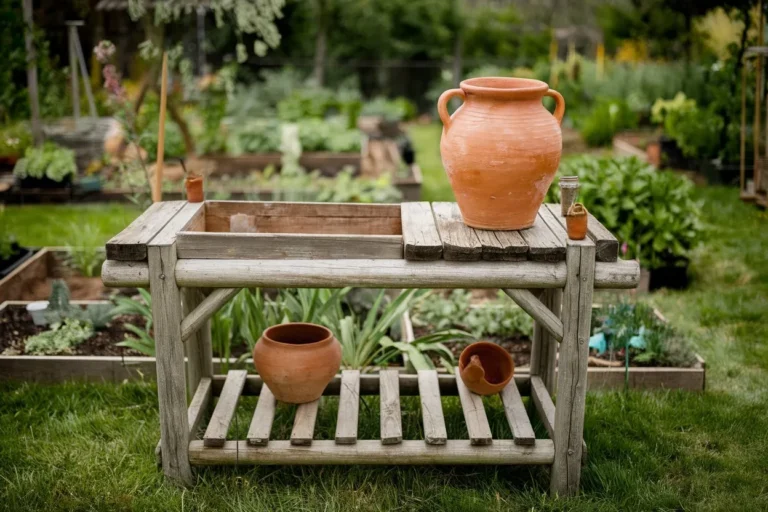Get Your Garden Ready for Spring Following These 12 Easy Guides!

As the weather warms and the days lengthen, it’s time to prepare your garden for the upcoming growing season. With a few simple steps, you can ensure that your garden thrives and blooms beautifully.
Now, How to Prepare Your Garden for Spring Growing? To get your garden ready for spring, plan what plants you want based on sunlight, and soil. Buy seeds and plant them either indoors or directly in your garden. Clean up your garden beds by clearing debris and loosening the soil. Check for pests and diseases that survived the winter.
By following these steps, you’ll be well on your way to creating a thriving garden. Want to know a complete guide in detail? Let’s dive in!

How to Prepare Your Garden for Spring Growing? 12 Guides!

Write two-line starter texts on how to prepare the garden for spring growing. Talk about the following point in detail.
Plan Your Garden
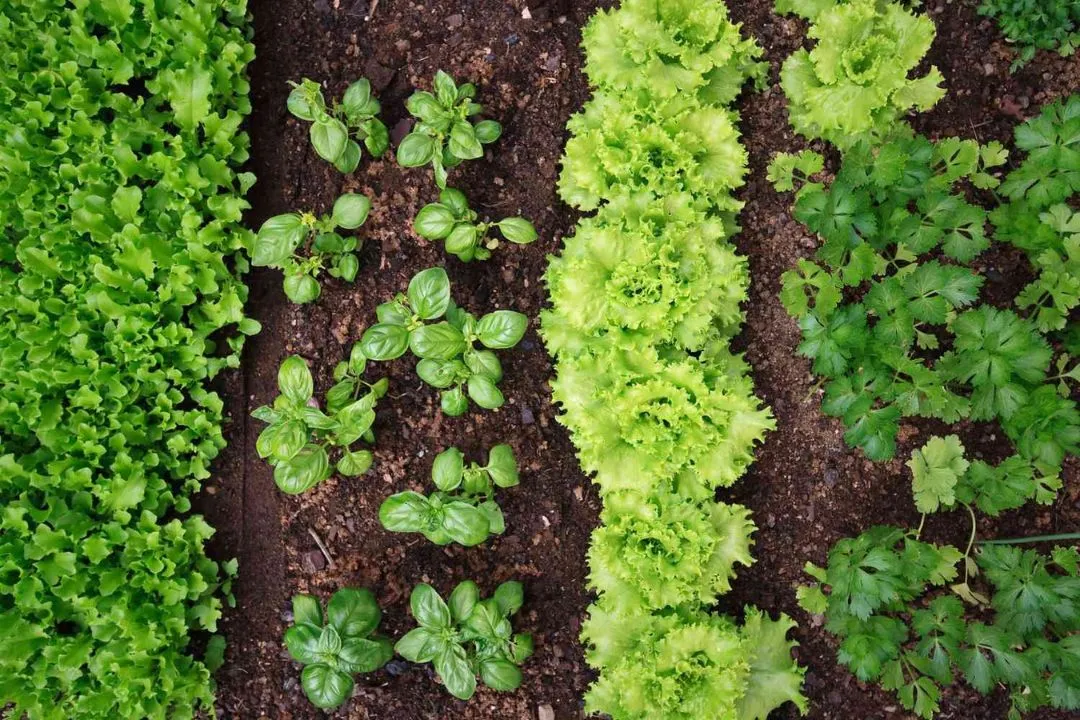
Start by sketching out a plan for your garden beds. Take into account the sun exposure, soil conditions, and plant spacing requirements.
Consider incorporating companion planting techniques, where certain plants are grown together to benefit each other. Such as planting marigolds with tomatoes to deter pests.
Buy and Start Seeds
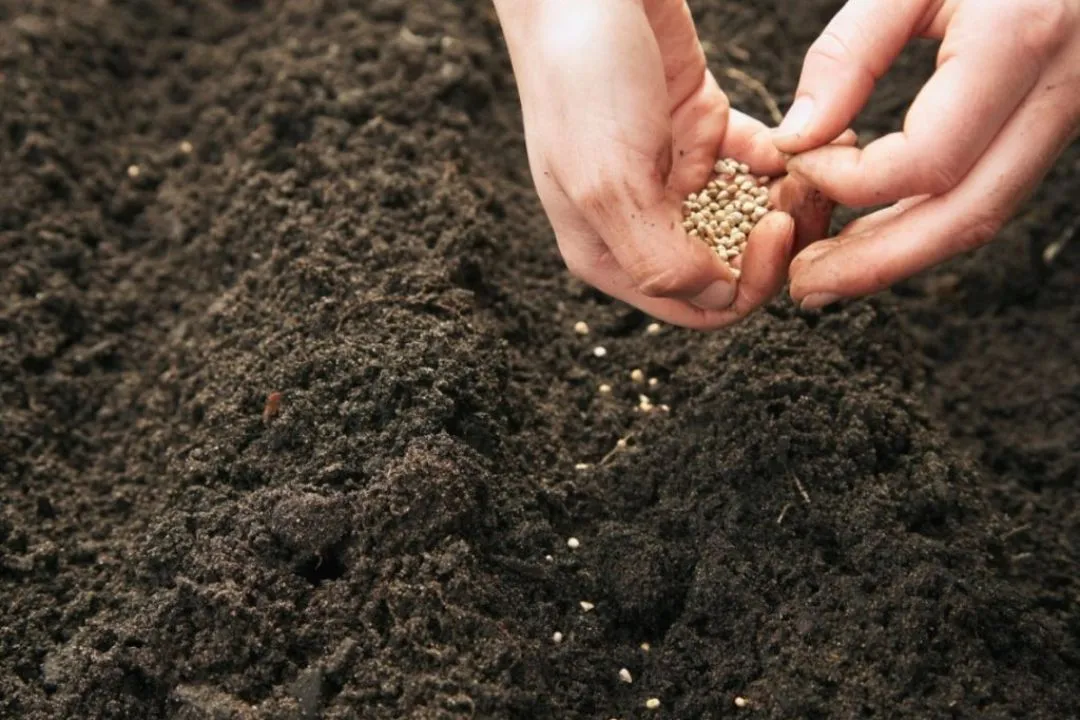
Research and order your desired seeds or seedlings from reputable sources. If you’re starting seeds indoors, do so several weeks before the last expected frost date in your area.
Follow the instructions on the seed packets for proper planting depth and spacing. Be sure you provide adequate light and warmth for successful germination.
Build or Repair Infrastructure

Check your raised beds, trellises, fencing, or any other garden structures for signs of damage from the winter. Repair or replace any rotted or broken components.
Consider adding new infrastructure, such as a greenhouse or cold frame, to extend your growing season.
Prepare the Beds
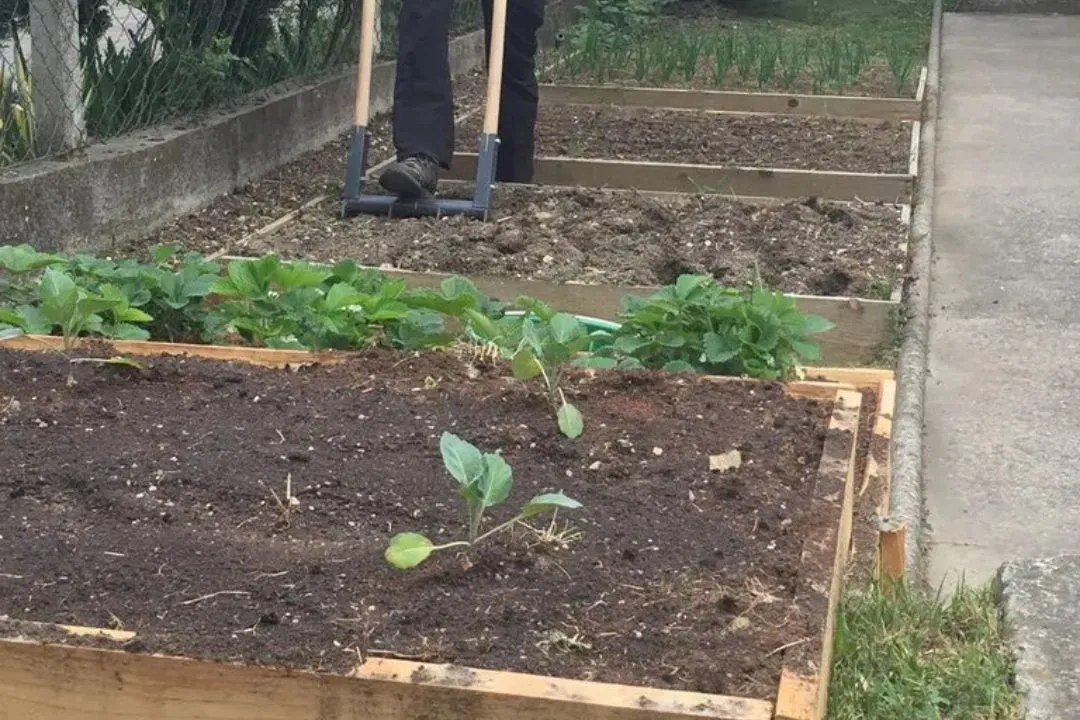
Clear away any leftover plant debris, leaves, or weeds from the previous season.
Use a garden fork or tiller to loosen and aerate the soil. Mix in well-aged compost, manure, or a balanced fertilizer to replenish the soil’s nutrients and improve its structure.
Prune and Remove Dead Material

Carefully inspect your perennial plants and shrubs, and use clean, sharp pruners to remove any dead or damaged branches or stems. This not only improves the appearance of your garden but also promotes healthy new growth.
Remove Old and Add Fresh Mulch

Rake away any old, decomposed mulch from your garden beds. Apply a fresh layer of mulch, such as shredded bark, wood chips, or straw, to a depth of 2-4 inches. Mulch helps conserve soil moisture, suppress weed growth, and insulate plant roots.
Divide and Transplant Perennials
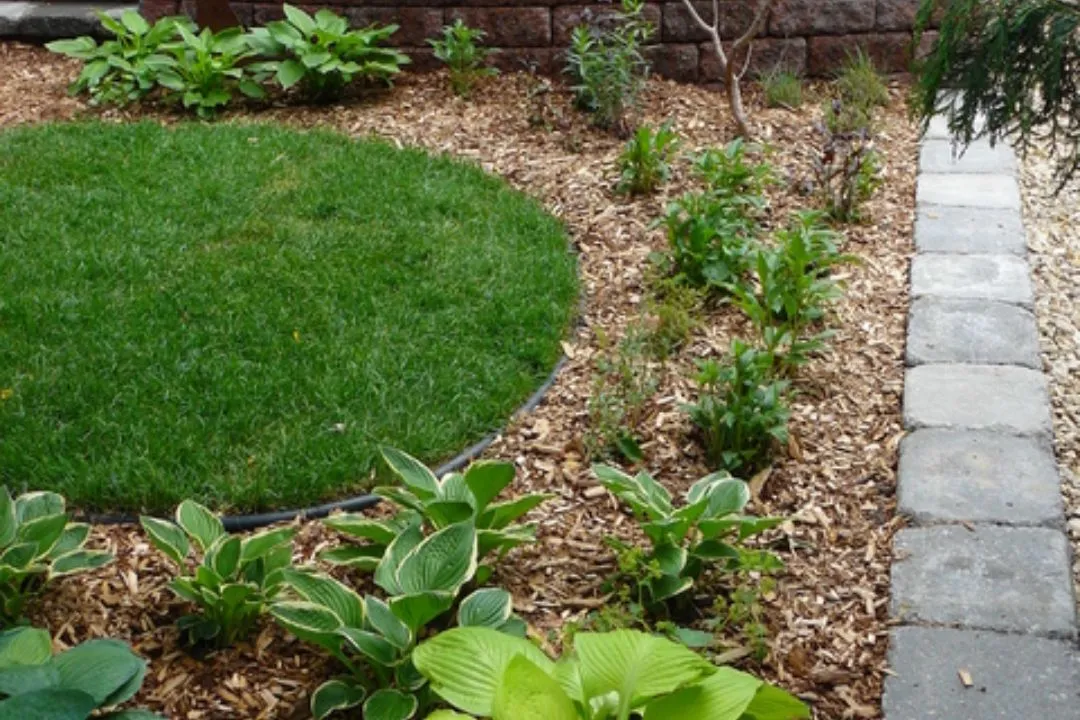
Identify any perennial plants that have become overcrowded or too large for their current location. Carefully dig them up, divide the root ball into smaller sections, and replant them in a new spot or share the divisions with fellow gardeners.
Clean Tools and Organize Storage

Take the time to thoroughly clean and sharpen your gardening tools, such as pruners, shovels, and hoes. A sharp, clean tool makes gardening tasks easier and more efficient.
Organize your shed or storage area, ensuring tools are easily accessible and properly stored.
Sort Out Compost
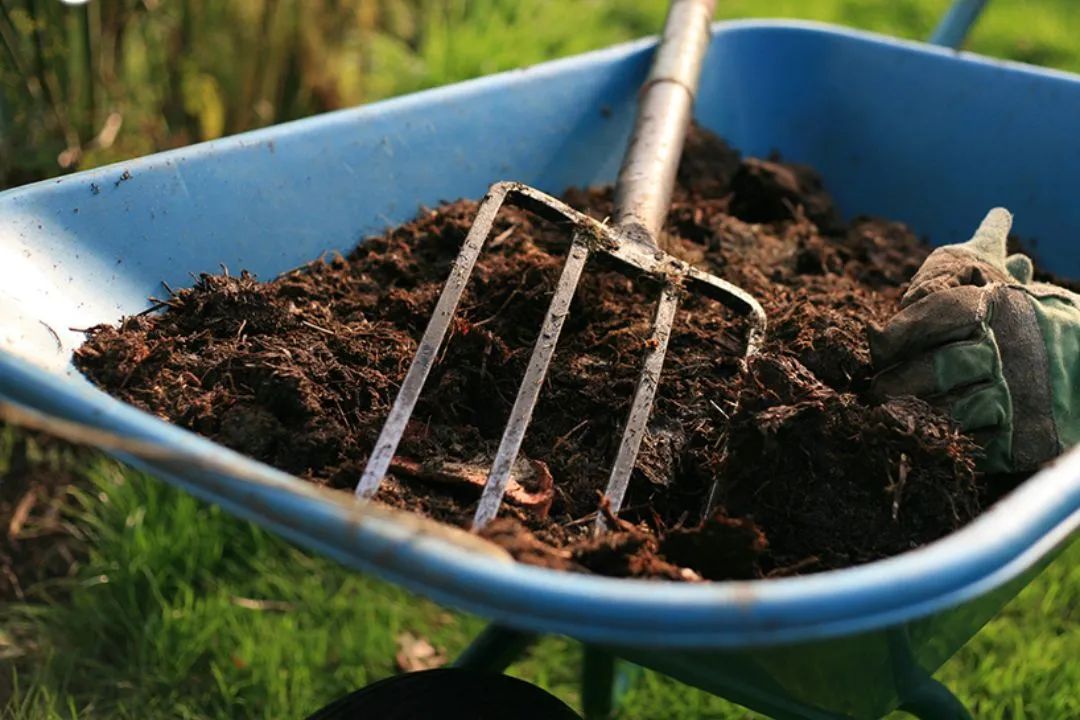
Proper compost management is essential for creating nutrient-rich soil amendments.
Use a pitchfork to turn and aerate your compost pile, ensuring even decomposition. Add any new compostable materials, such as kitchen scraps, shredded leaves, or grass clippings, to the pile.
Check for Pests/Diseases

Carefully examine your existing plants for any signs of insect infestations, fungal diseases, or other problems. Take appropriate measures. Such as applying organic pesticides or removing affected plants. It’s to prevent the spread of these issues to your new plantings.
Reassess Sun Exposure

As trees and buildings grow or change, the sun exposure in your garden can shift.
Take note of any areas that now receive more or less sunlight than in previous seasons, and plan to relocate sun-loving or shade-tolerant plants to the appropriate spots.
Plan a Seasonal Gardening Schedule

To maximize your garden’s productivity, plan a seasonal gardening schedule. It must include –
- Succession planting (staggered plantings of the same crop)
- Second crops (planting a different crop after harvesting the first), and
- Cover crop rotations (planting cover crops to replenish soil nutrients between growing seasons).
You can take more advice from the following content –
FAQs
Have a look at the following queries to learn more about growing plants in spring.
Q. Why do plants grow better in the spring?
A. Plants grow better in spring due to warming temperatures and increased daylight hours, prompting new growth.
Q. What vegetables and flowers can I plant in spring?
A. Planting times vary by climate/hardiness zone. Common spring vegetables include lettuce, radishes, and peas. Popular spring flowers are pansies, daffodils, and tulips.
Q. Should I remove all the leaves from my garden beds in spring?
A. It’s best to remove most leaves but leave some for added nutrients as they decompose.
Final Word
Preparing your garden for spring is a fulfilling task. It sets the stage for a beautiful and productive growing season. By following these 12 easy steps, you can ensure your garden is primed for success. From careful planning and early seed procurement to proper maintenance and integrated pest management, each step contributes quite well.
With attention to detail and a bit of effort, your garden will be ready for springtime. Start your gardening journey with these steps! And feel free to ask for solutions to any troubles you face while gardening.


